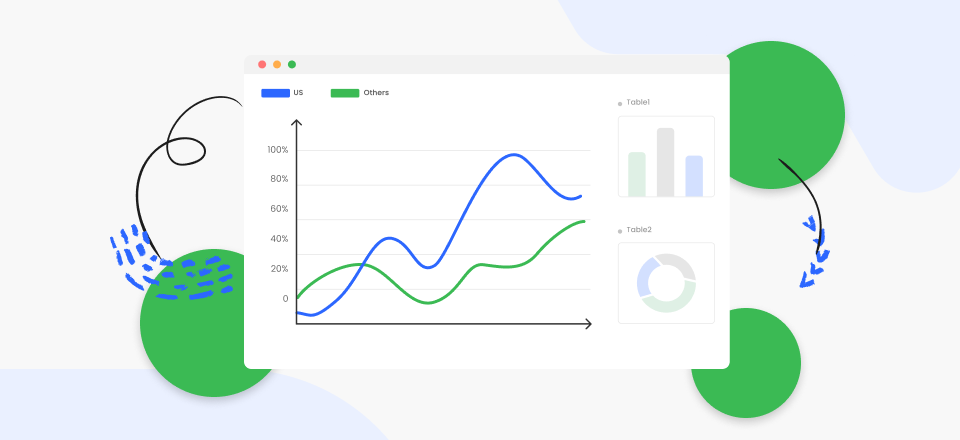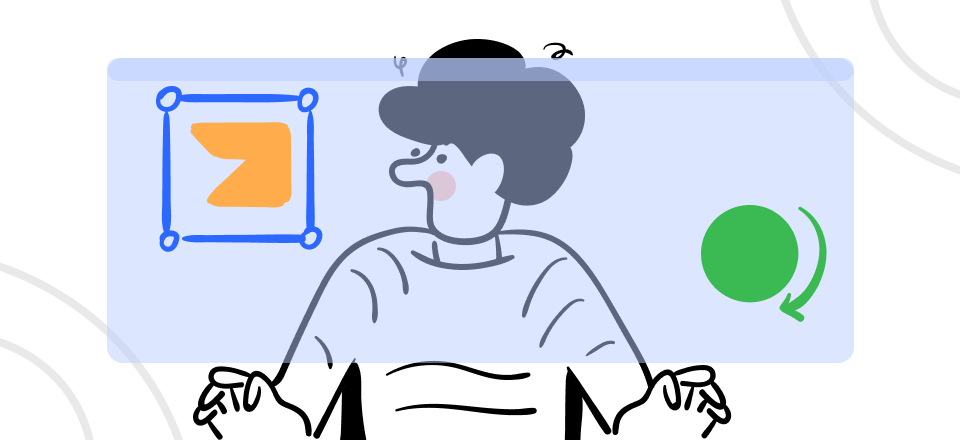Design plays a crucial role in creating functional, aesthetically pleasing, and user-friendly products. Whether it is developing a new app, a piece of software, or a physical product, creating a design brief that meets the needs and preferences of the users is essential. However, it can be complex and time-consuming, involving multiple stages of development, testing, and refinement. One approach to design that has gained popularity in recent years is iterative design. However, many people are unaware of its importance and often have this question in mind what is the benefit of iterative design is.
This approach involves creating a prototype or a minimum viable product, testing it with users, and then making improvements based on design feedback. Iterative design is a user-centered approach that prioritizes the needs and preferences of the users, ensuring that the final product meets their requirements and improves their workflow. This article will answer your question about iterative design and why it is becoming increasingly popular in the design and development industry. We will also provide examples to help you understand how iterative design works and the benefits it offers, so stick with us.
What is Iterative Design?
Iterative designing is designing a product or service by continually creating, testing, and refining it until the desired outcome is achieved. This approach involves constant feedback and improvement, with each iteration building on the previous one. The idea behind the iterative design is to create a prototype or a version of the product, test it, analyze the visual feedback, and then improve the design. This process is repeated until the product meets all the required specifications and satisfies the user’s needs. Iterative designing is commonly used in various fields, including software development, product design, and user experience design.
For example, let us consider the iterative design process used in software development. The software development team creates a prototype of the software and tests it with a group of users. Based on the feedback received, the team makes changes and improvements to the software’s design and features before testing it again. By incorporating user feedback and insights, the iterative design creates more user-friendly software that meets the users’ needs and is less costly. Overall, the iterative design effectively creates a high-quality product that satisfies the user’s expectations and delivers the desired outcomes.
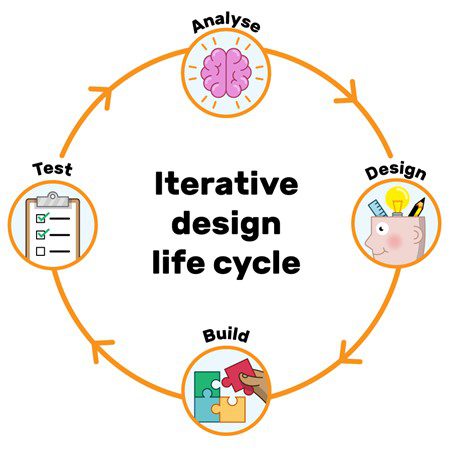
Life Cycle Of Iterative Design Process
Key Features of Iterative Design?
Are you unable to understand why people create and enhance their designs iteratively? You have come to the right section! Iterative design is a valuable practice that can help you create a high-quality product or service that meets the needs and expectations of your users. This approach reduces the risk of costly redesigns and reworks, saving time and money in the long run. Now, let us delve into some of the common reasons why you should use iterative design in more detail and how it can help you create a product that meets the needs of your users:
User-Centered Design
User-centered design is a design approach that puts the user’s needs and preferences at the forefront of the design process, and in an iterative design process, user feedback is sought at each stage of the design process, allowing designers to refine their designs based on user insights. This approach ensures the product is designed with the user in mind and meets their needs and expectations.
For example, suppose a company wants to design a new mobile application. In an iterative design process, the company would start by creating a basic app prototype and testing it with a group of users. The company would improve the app’s design and features based on the feedback received before testing it again. This process would be repeated several times until the app meets all the required specifications and satisfies the user’s needs. By incorporating user feedback at each stage of the design process, the company can ensure that the final product is more user-friendly and meets the target audience’s needs.
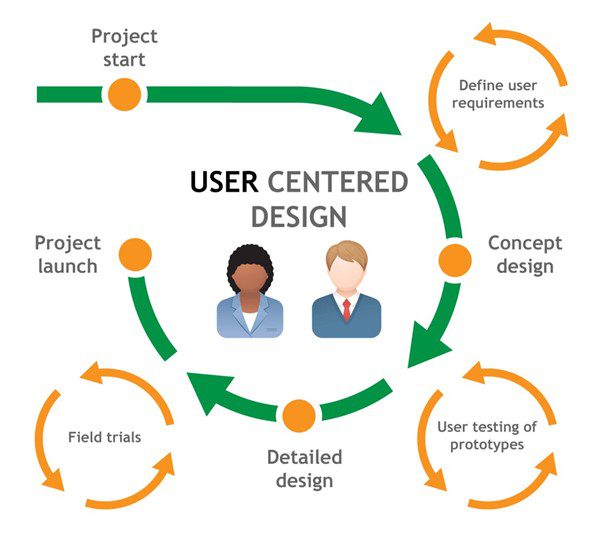
User Centered Design
Faster Time-to-Market
In today’s fast-paced market, time-to-market is critical to success. Iterative design enables you to develop a high-quality product quickly, reducing the time it takes to bring the product to market. By continuously testing and refining the product, you can identify and solve issues quickly, reducing the time and cost associated with rework. This approach lets you stay ahead of competitors and meet customers’ needs faster.
For example, a company wants to develop a new software application. In a traditional design process, the company would take several months to design and develop the product before testing it with users. Any issues or bugs would require significant time to be fixed, delaying the product’s launch. In contrast, an iterative design process would allow the company to quickly develop a prototype of the application and test it with users. Based on user feedback, the company could refine the design and features, allowing them to launch the product faster while ensuring it meets the user’s needs.
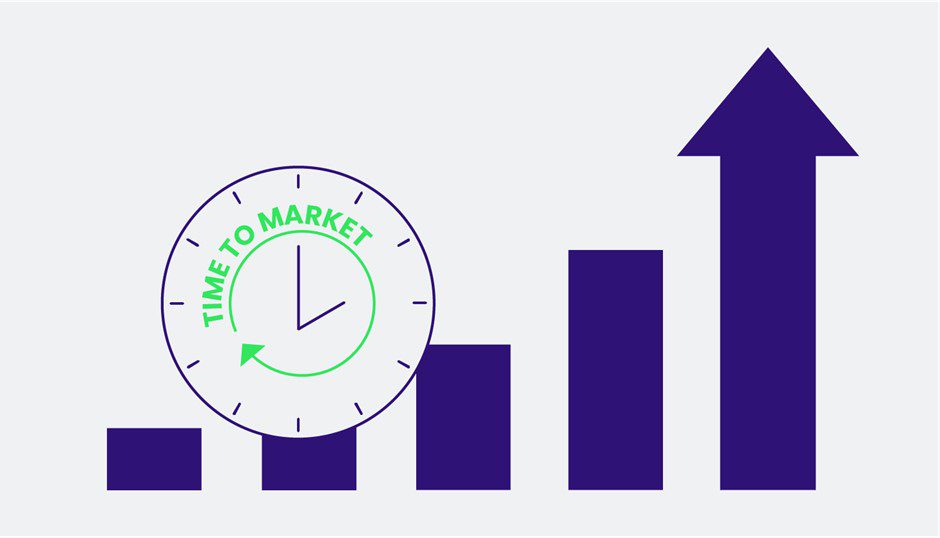
Faster Time To Market
Higher Return on Investment
Iterative design can lead to a higher return on investment (ROI) by enabling you to create a product that meets the needs and expectations of your target audience. By incorporating user feedback at each stage of the design process, you can create a more user-friendly product that satisfies your customers needs. This approach can increase customer satisfaction and loyalty, increasing sales and revenue.
For example, suppose a company designs and launches a new website without incorporating user feedback. The website may have features that are not user-friendly, leading to poor user experience and low conversion rates. In contrast, an iterative design process would involve testing the website with users at each stage of the design process and making improvements based on their feedback. This approach would lead to a more user-friendly website that meets users’ needs, resulting in higher conversion rates and increased revenue.

Higher Return On InvestmentHigher Return On Investment
Continuous Improvement
Iterative design allows continuous improvement by regularly testing and refining the product throughout the design process. This approach ensures that any issues or bugs are identified and addressed quickly, resulting in a product that continually improves and meets the desired outcomes. By making small improvements at each stage of the process, you can achieve a final product that is both user-friendly and effective.
A software development company uses an iterative design approach to create a new feature for its app. They test the prototype with users and gather feedback, making improvements such as adjusting the user interface or adding new functionality. The updated feature is then released to a small group of users for further testing and feedback, leading to further improvements. This process continues until the feature is stable, bug-free, and meets the needs of its users, allowing the company to improve its product and stay relevant in the market continuously.
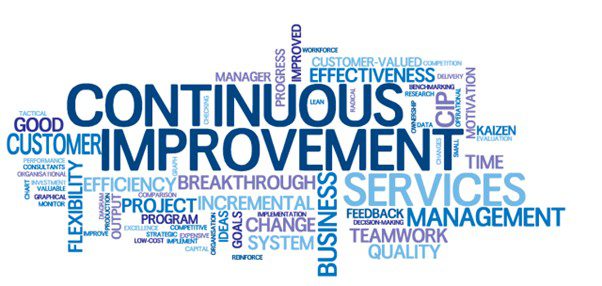
Encourages innovation
Iterative design is a flexible and adaptable approach to product development, allowing experimentation and innovation. Through constant testing and refinement, new ideas can be tried and tested without the risk of significant financial loss. The iterative design process encourages developers to think outside the box, take risks and explore new development avenues.
For example, consider the case of a gaming company developing a new mobile game. Through iterative design, they can test different game mechanics, graphics, and user interfaces with a small group of users before launching the game. Based on the feedback, they can refine and improve the game, adding new features or tweaking existing ones. Iterative design allows the gaming company to explore new ideas and innovate the game continuously, ensuring that it remains engaging and competitive in the market. Without iterative design, the gaming company may have launched a game that is not well-received by users, resulting in financial loss and negative feedback.
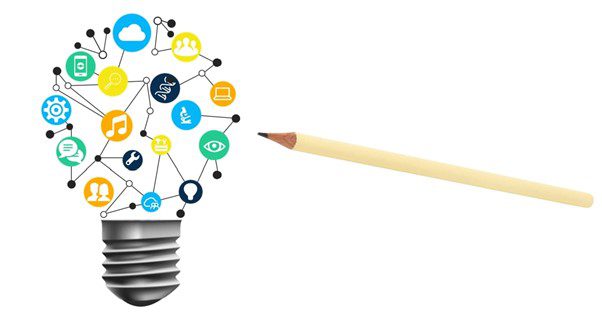
Encourages Innovation
Final Thought
In conclusion, an iterative design process is ideal for creating effective designs. Its ability to save costs and meet goals on time makes it a popular choice for designers and developers. In this article, we have explained five different reasons and daily life examples from different fields to highlight the importance of designing iteratively. We hope it has helped you clear any ambiguity about the benefits of iterative design. Please share it with your friends and family if you found it informative. Also, feel free to leave us your suggestions in the comment section below. Thank you for reading!

